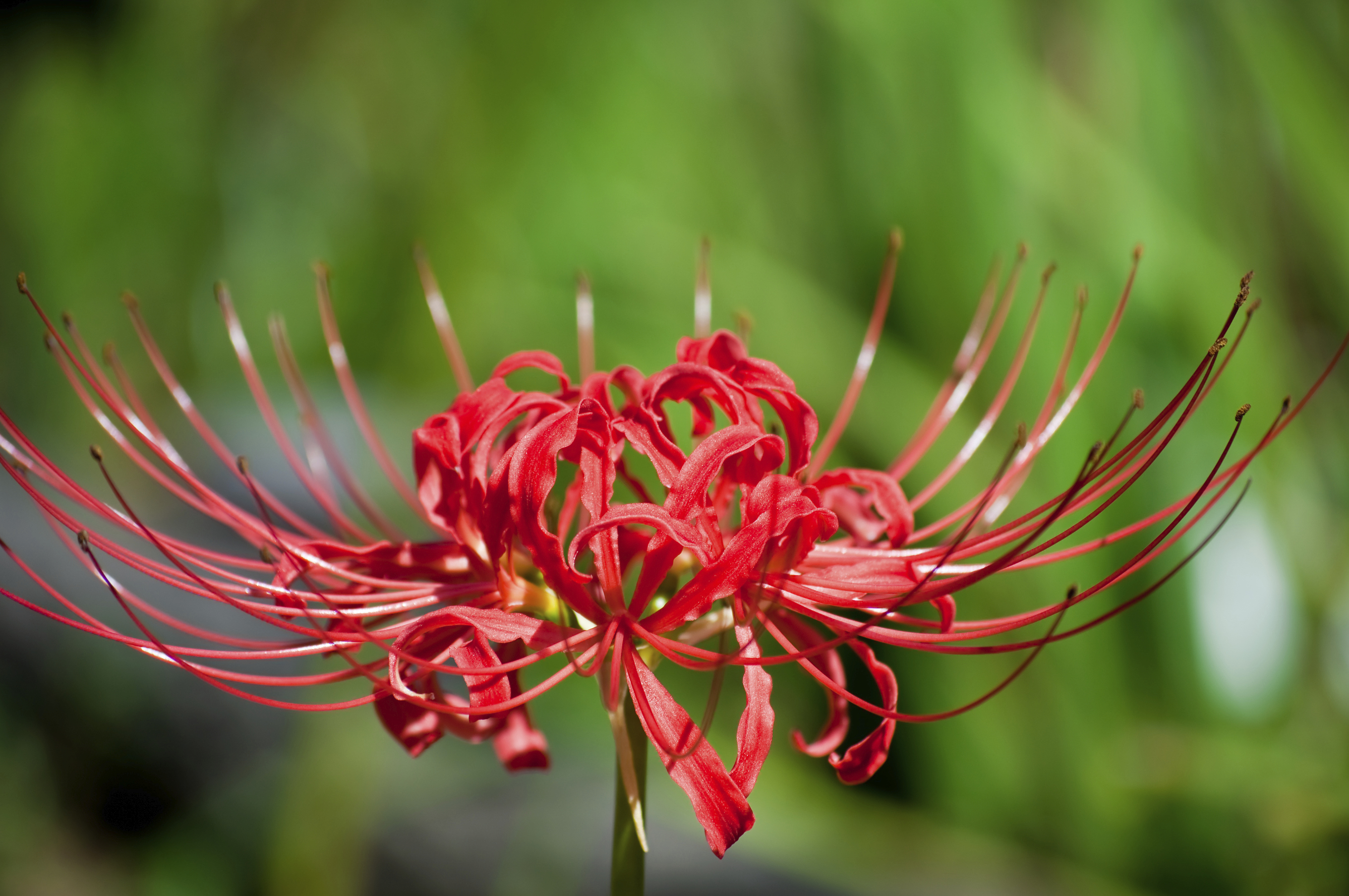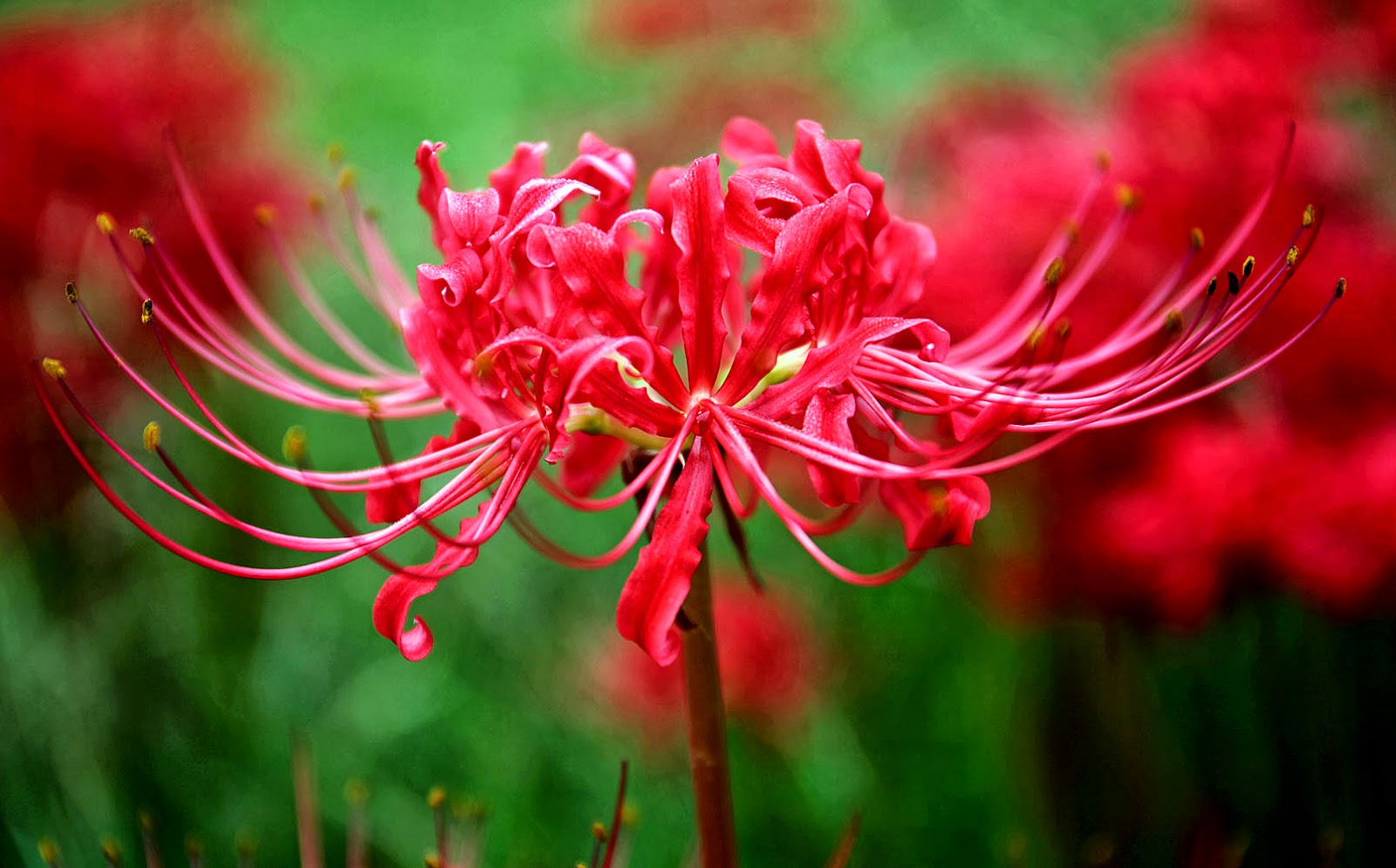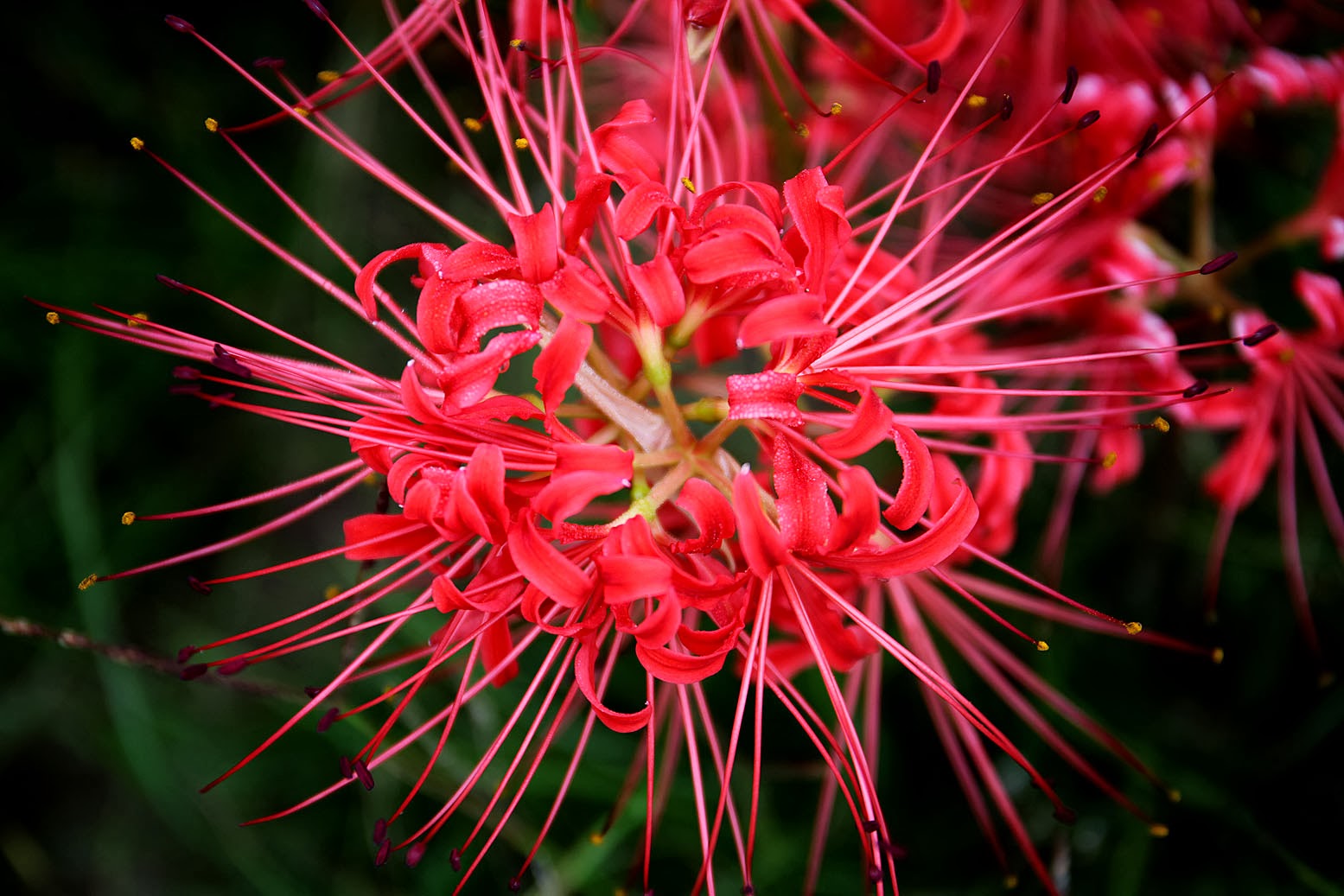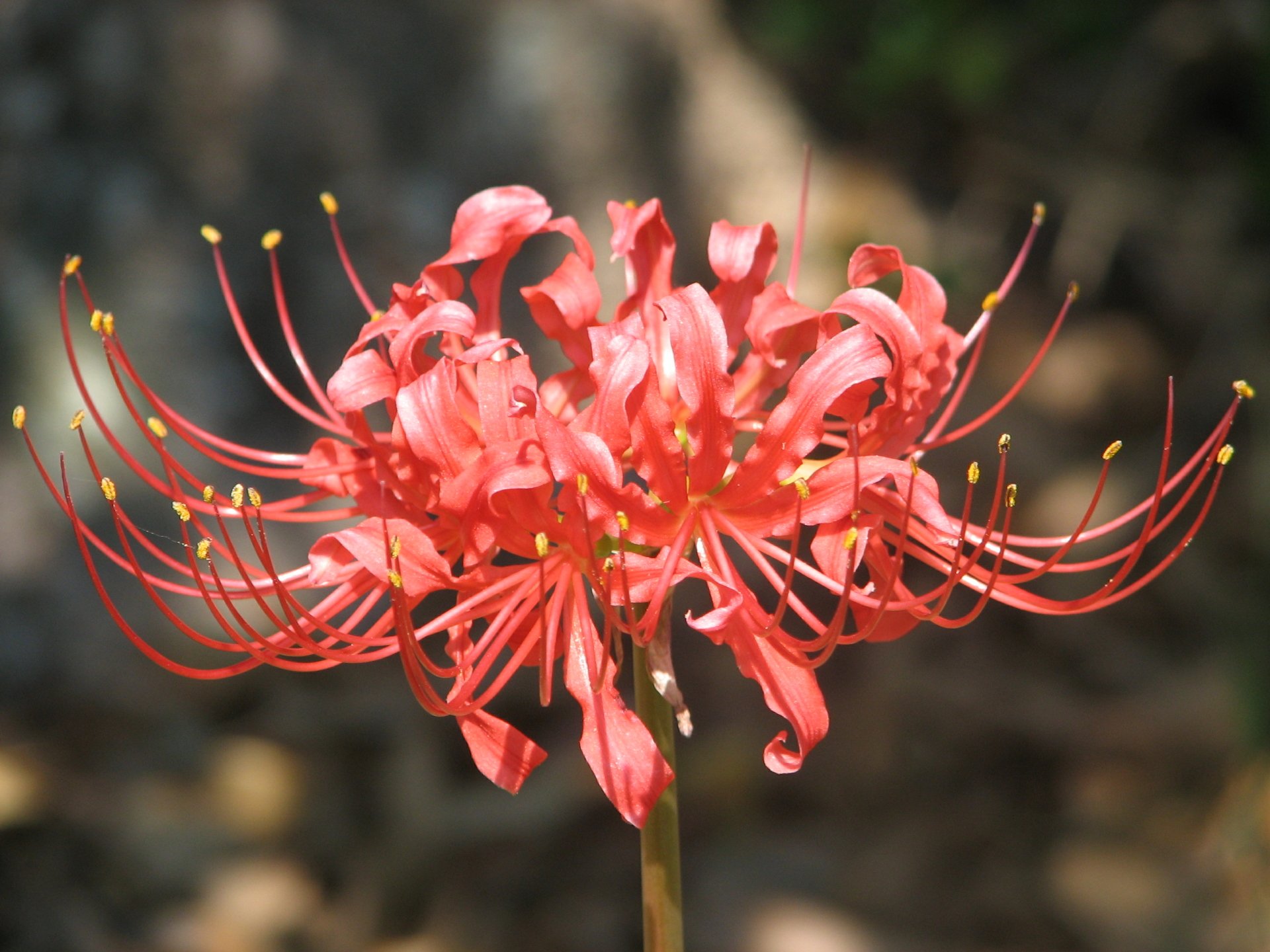
Introduction to Spider Lily
Spider Lily, scientifically known as Hymenocallis, is a stunning perennial flower that belongs to the Amaryllidaceae family. This unique flower is native to the Americas and is widely recognized for its intricate beauty and resilience. Spider Lilies are highly sought after by garden enthusiasts due to their captivating appearance and low maintenance requirements.
Appearance and Varieties

Spider Lilies are well-known for their elegant and intricate appearance. The flowers have long, slender petals that resemble spider legs, hence the name. They typically bloom in clusters and come in various colors, including white, yellow, and pink. The leaves of Spider Lilies are strap-shaped and can reach a length of up to 18 inches. There are several popular varieties of Spider Lilies, such as Hymenocallis littoralis, Hymenocallis caribaea, and Hymenocallis festalis.
Planting Spider Lilies

Spider Lilies are relatively easy to grow and can be successfully cultivated in various climates. They prefer well-drained soil and thrive in both full sun and partial shade. Before planting Spider Lilies, it is essential to prepare the soil by adding organic matter and ensuring proper drainage. The bulbs should be planted at a depth of about 4-6 inches and spaced approximately 8-12 inches apart. It is recommended to plant Spider Lilies in late summer or early fall to allow them to establish roots before blooming.
Spider Lily Care

Spider Lilies are known for their ability to thrive with minimal care. Once established, these resilient flowers require little attention. Adequate watering is crucial during the blooming season, but they can tolerate some drought. It is advisable to water Spider Lilies deeply but infrequently to encourage healthy root growth. Fertilizing once or twice a year with a balanced, slow-release fertilizer is beneficial. Spider Lilies are generally pest-resistant, but occasional inspection for pests and diseases is recommended.
Spider Lily Uses

Aside from being a beloved addition to gardens and landscapes, Spider Lilies serve various purposes. In some cultures, the flowers are used in traditional medicine for their potential healing properties. Additionally, Spider Lilies hold symbolic meanings in different societies, often representing beauty, purity, and rebirth. These enchanting flowers are also popular in floral arrangements and make stunning cut flowers due to their captivating appearance and long-lasting blooms.
Spider Lily Propagation

Spider Lilies can be propagated through both seeds and bulbs. Collecting seeds from mature plants and sowing them in well-prepared soil can yield new plants. However, it is important to note that Spider Lily seeds may take several years to reach maturity and produce blooms. Bulb division is the most common and efficient method of propagation. Dividing the bulbs during the dormant season allows for the creation of new plants that will bloom in the following growing season.
Spider Lily in Mythology and Folklore
Spider Lilies hold significant cultural and mythological significance in various regions. In Japanese folklore, Spider Lilies are associated with death and are often planted near graves as a way to guide spirits. In the Southwestern United States, Spider Lilies are believed to bring good luck and protection against evil spirits. These captivating flowers have also been featured in literature and art as symbols of beauty, fragility, and transience.
Conclusion
Spider Lilies are truly remarkable flowers that can add a touch of elegance and charm to any garden. With their unique appearance, resilience, and low maintenance requirements, they are a perfect choice for both beginner and experienced gardeners. Whether planted in clusters or as standalone specimens, Spider Lilies are sure to captivate and delight with their enchanting blooms. Consider adding Spider Lilies to your garden and experience the beauty and joy they bring.